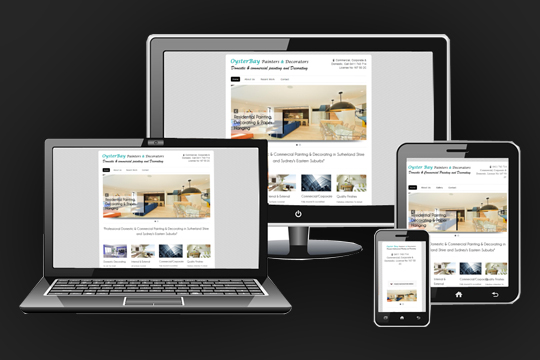How to Convince Your Boss to Avoid Adding More Work Without Threatening to Quit

Taking on too much at work can lead to burnout, decreased productivity, and stress. But how do you tell your boss you’re at capacity without sounding uncooperative? The key lies in effective communication, backed by data and a collaborative approach. Here’s how you can address the situation tactfully and turn it into an opportunity for growth.
1. Track Your Daily Tasks
Start by maintaining a detailed time-sheet of your daily activities. Record every task you work on and the time it takes. This helps you demonstrate your workload with facts instead of feelings.
2. Choose the Right Moment
Timing is everything. Wait until your boss is in a relaxed or approachable mood. For instance, during a casual coffee break or after a successful project meeting. The goal is to ensure they’re receptive to your feedback.
3. Focus on Efficiency, Not Problems
When discussing your workload, frame the conversation around improving efficiency. Highlight tasks that consume excessive time and explain how they affect your overall output. Avoid complaining—focus on finding solutions.
4. Stay Positive and Open to Solutions
Rather than saying, “I can’t do this,” express your willingness to manage tasks with the right support. For example, you can say, “With a helping hand, I can handle this more effectively.” A positive attitude encourages collaboration.
5. Propose Data-Driven Solutions
Armed with your time-sheet, propose a logical plan. Suggest delegating specific tasks or getting additional support to improve organizational productivity. Back up your suggestions with measurable benefits, such as increased efficiency or cost savings.
Also Read – Top 3 Payment Gateways you should know
Conclusion
By addressing workload concerns thoughtfully and professionally, you can build a stronger relationship with your boss while advocating for your needs. Remember, your aim is to improve productivity for the entire team, not just yourself. When you approach the discussion with data and solutions, you demonstrate leadership and problem-solving skills, making it easier for your boss to see your perspective.




